Nvidia wants telcos to ramp up 6G research — and it’s betting AI will be the key to future development
Nvidia has unveiled a new 6G research platform that will allow telcos to explore using AI for radio access network technology
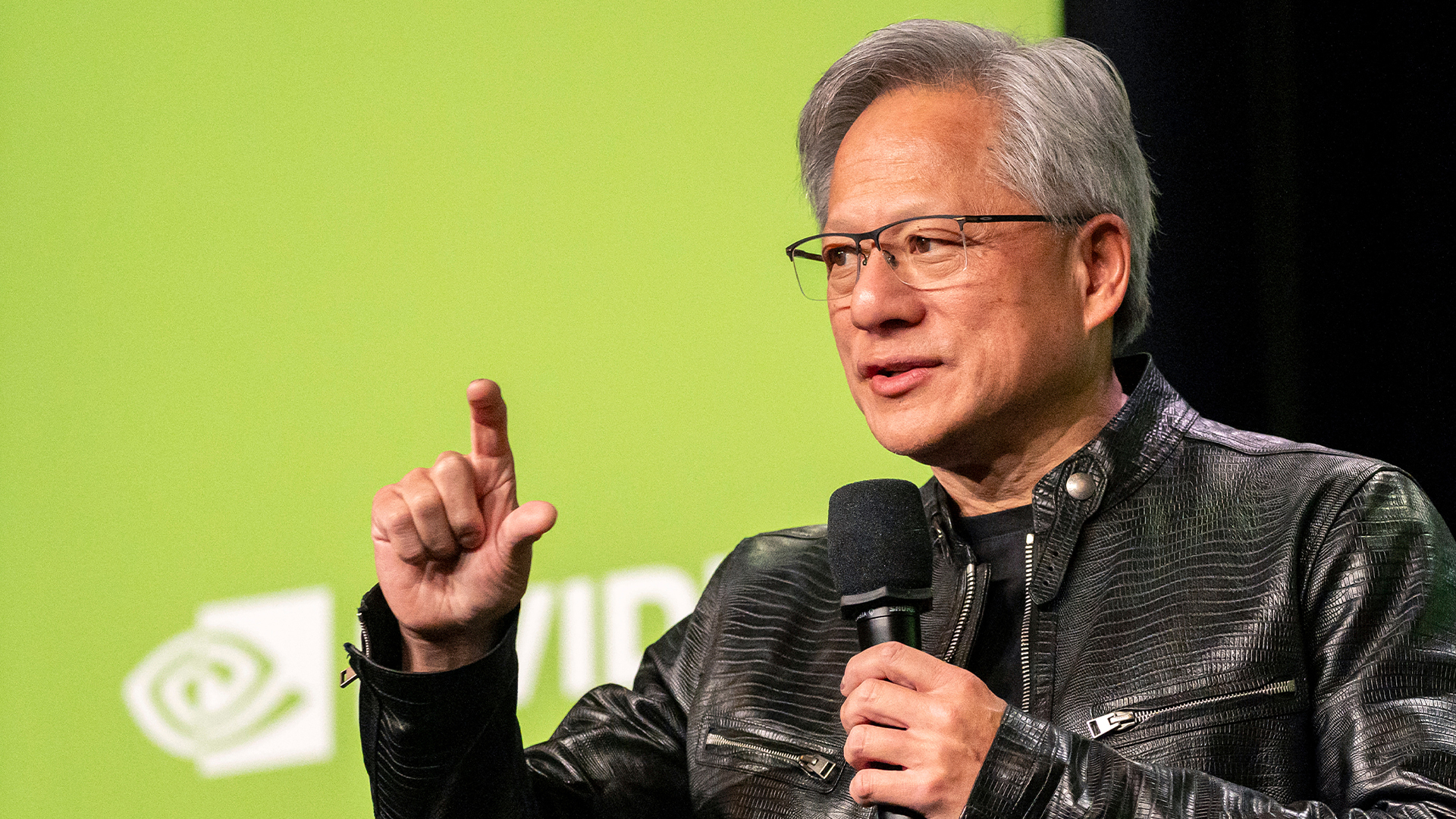

Nvidia has announced a new research platform that will help organizations accelerate the development of 6G technologies, the next generation of wireless technology.
The Nvidia Research Cloud platform will provide researchers with a “comprehensive suite to advance AI for use in radio access network (RAN) technology”, according to the announcement.
The platform will allow customers to simulate cloud communication environments in order to research 6G, which is expected to reach commercial viability nearer 2030.
Nvidia’s new platform boasts early adopters and partners such as Ansys, Arm, ETH Zurich, Fujitsu, Keysight, Nokia, Northeastern University, Rohde & Schwarz, Samsung, SoftBank Corp, and Viavi.
It will consist of three ‘foundational elements’, Nvidia Aerial Omniverse Digital Twin for 6G, Aerial CUDA-Accelerated RAN, and the Sionna Neural Radio Framework.
The Aerial Omniverse Digital Twin for 6G is a reference application that enables physically accurate simulations of 6G systems of various sizes, from a single tower to an entire city.
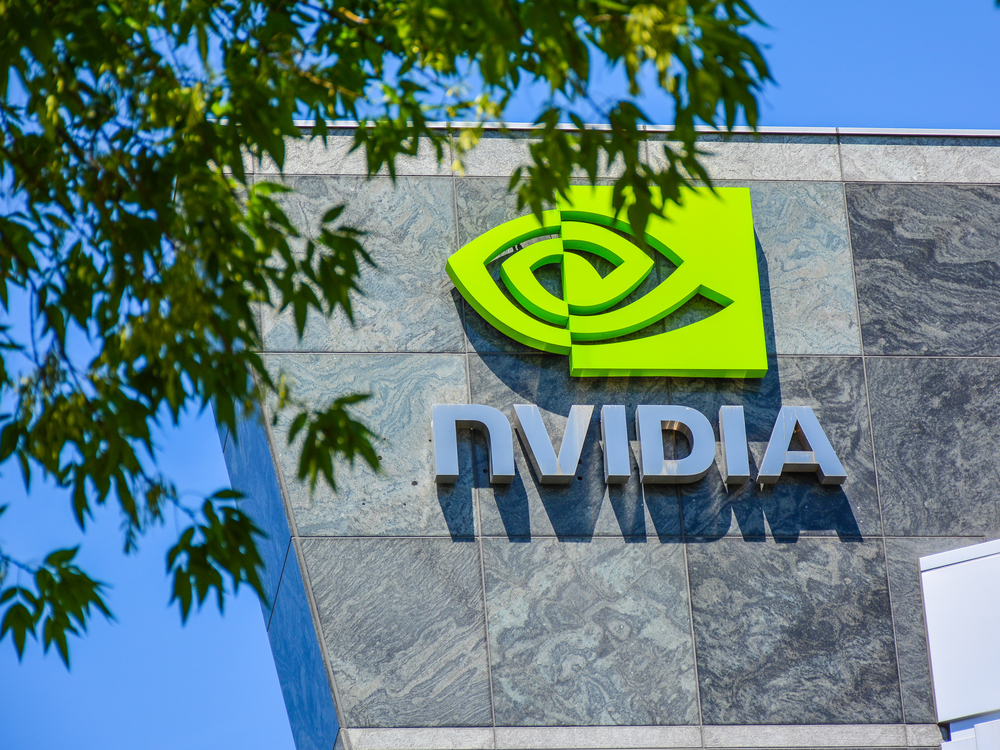
Researchers will be able to simulate and build base-station algorithms using site-specific data and train models in real time to boost transmission efficiency.
Get the ITPro daily newsletter
Sign up today and you will receive a free copy of our Future Focus 2025 report - the leading guidance on AI, cybersecurity and other IT challenges as per 700+ senior executives
Testing and simulation are set to be key in the journey towards the next generation of wireless technology. As such, engineering software company Ansys announced it would be integrating its Perceive EM solver into the Omniverse ecosystem.
Nvidia’s Aerial CUDA-Accelerated RAN refers to a software-based full-RAN stack that offers researchers the freedom to customize, program, and test 6G networks in real time.
The Sionna Neural Network Framework integrates popular frameworks like PyTorch and TensorFlow, allowing users to leverage Nvidia GPUs to generate and capture data as well as training AI and ML models at scale.
Included in this package is Sionna, described by Nvidia as “the leading link-level research tool for AI/ML-based wireless simulations.”
Nvidia wants to drive the "next leap" in wireless communications
Nvidia boasted its 6G Research Cloud Platform is able to bring together these tools to help telecom companies unlock the full potential of 6G.
Charlie Zang, SVP of Samsung Research America, said the intersection of AI and 6G has the potential to be transformative, and could reimagine digital communication.
“The future convergence of 6G and AI holds the promise of a transformative technological landscape,” he explained
RELATED WHITEPAPER
“This will bring seamless connectivity and intelligent systems that will redefine our interactions with the digital world, ushering in an era of unparalleled innovation and connectivity.”
SVP of Telecom at Nvidia, Ronnie Vasishta, said access to AI, a software-based full-RAN reference stack, and digital twin technology will be key in achieving the transmission efficiencies required for the jump to 6G.
“The massive increase in connected devices and host of new applications in 6G will require a vast leap in wireless spectral efficiency in radio communications… Key to achieving this will be the use of AI, a software-defined, full-RAN reference stack and next-generation digital twin technology.”

Solomon Klappholz is a former staff writer for ITPro and ChannelPro. He has experience writing about the technologies that facilitate industrial manufacturing, which led to him developing a particular interest in cybersecurity, IT regulation, industrial infrastructure applications, and machine learning.
-
 Should AI PCs be part of your next hardware refresh?
Should AI PCs be part of your next hardware refresh?AI PCs are fast becoming a business staple and a surefire way to future-proof your business
By Bobby Hellard
-
 Westcon-Comstor and Vectra AI launch brace of new channel initiatives
Westcon-Comstor and Vectra AI launch brace of new channel initiativesNews Westcon-Comstor and Vectra AI have announced the launch of two new channel growth initiatives focused on the managed security service provider (MSSP) space and AWS Marketplace.
By Daniel Todd
-
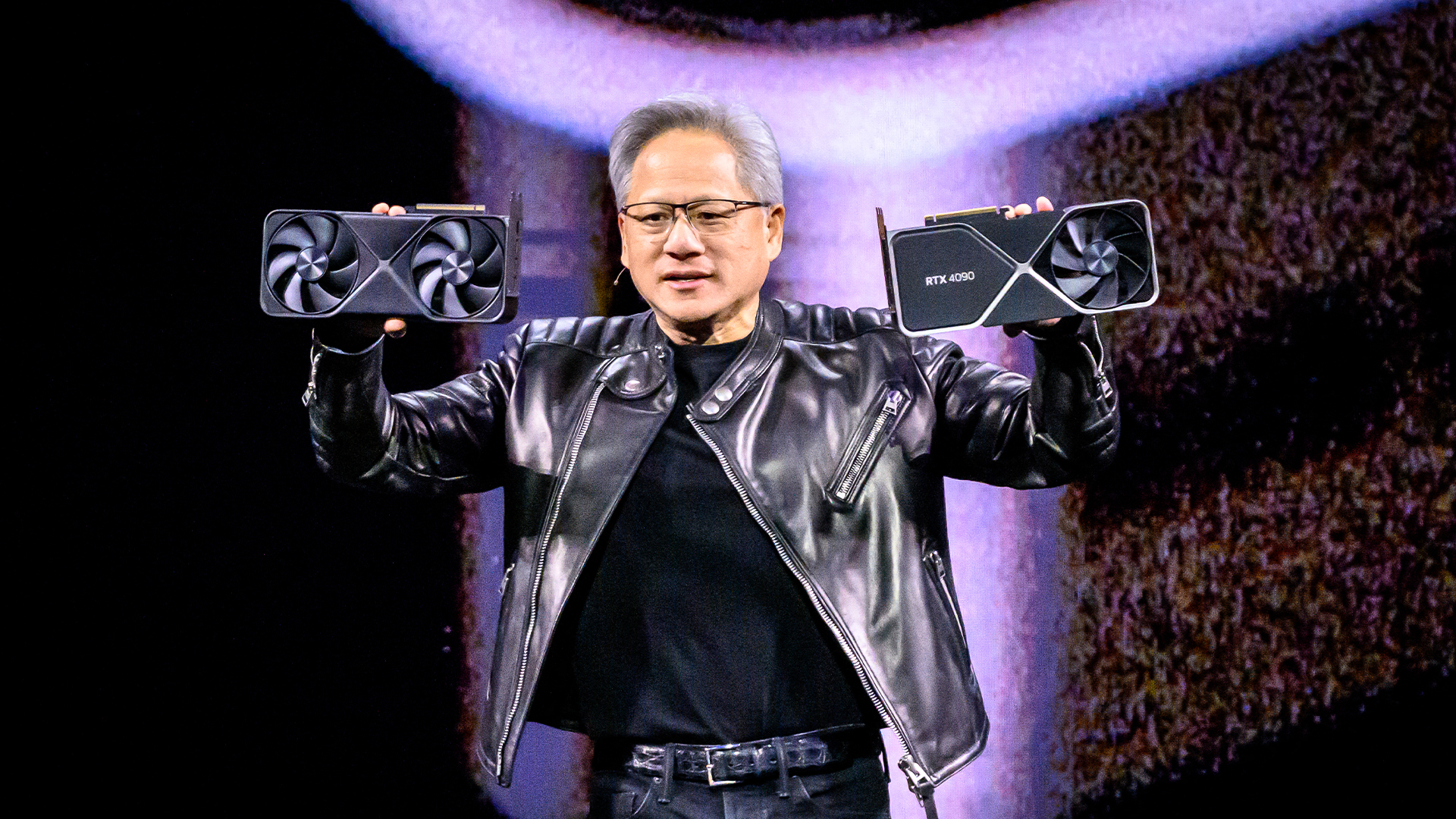 Nvidia GTC 2025: Four big announcements you need to know about
Nvidia GTC 2025: Four big announcements you need to know aboutNews Nvidia GTC 2025, the chipmaker’s annual conference, has dominated the airwaves this week – and it’s not hard to see why.
By Ross Kelly
-
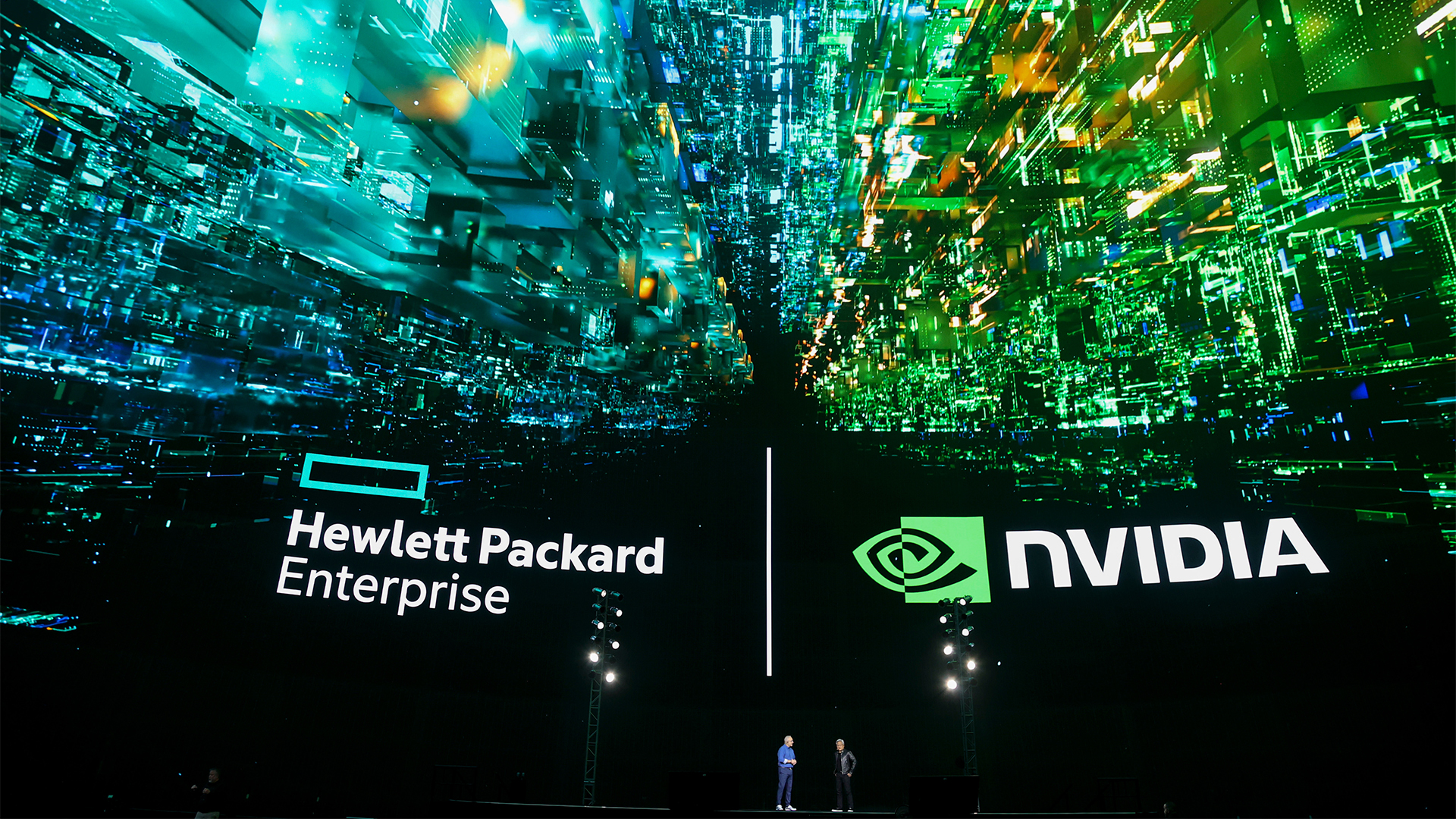 HPE unveils Mod Pod AI ‘data center-in-a-box’ at Nvidia GTC
HPE unveils Mod Pod AI ‘data center-in-a-box’ at Nvidia GTCNews Water-cooled containers will improve access to HPC and AI hardware, the company claimed
By Jane McCallion
-
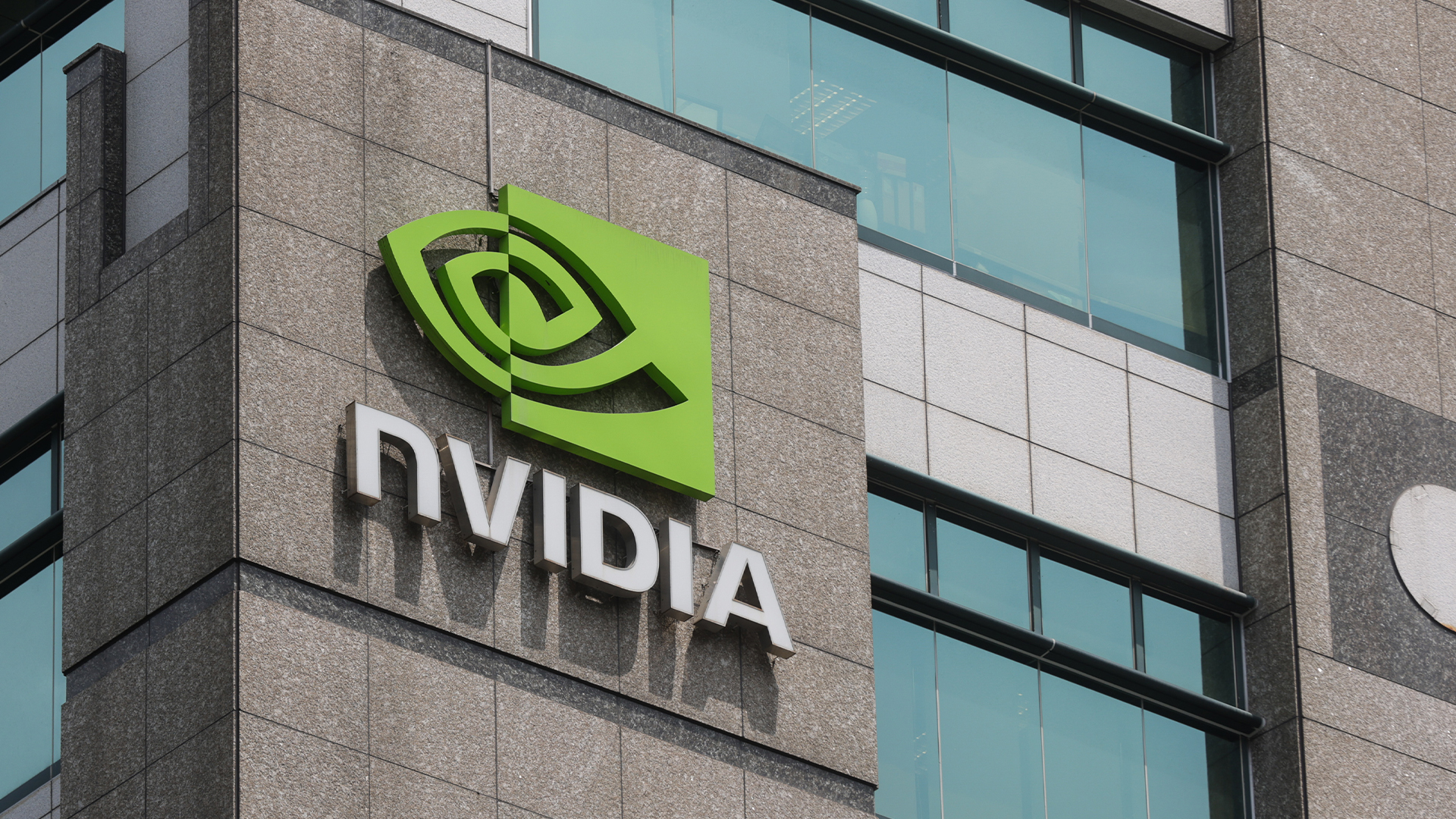 Run.ai software will be made open source in wake of Nvidia acquisition
Run.ai software will be made open source in wake of Nvidia acquisitionNews Infrastructure management tools from Run:ai will be made available across the AI ecosystem
By Nicole Kobie
-
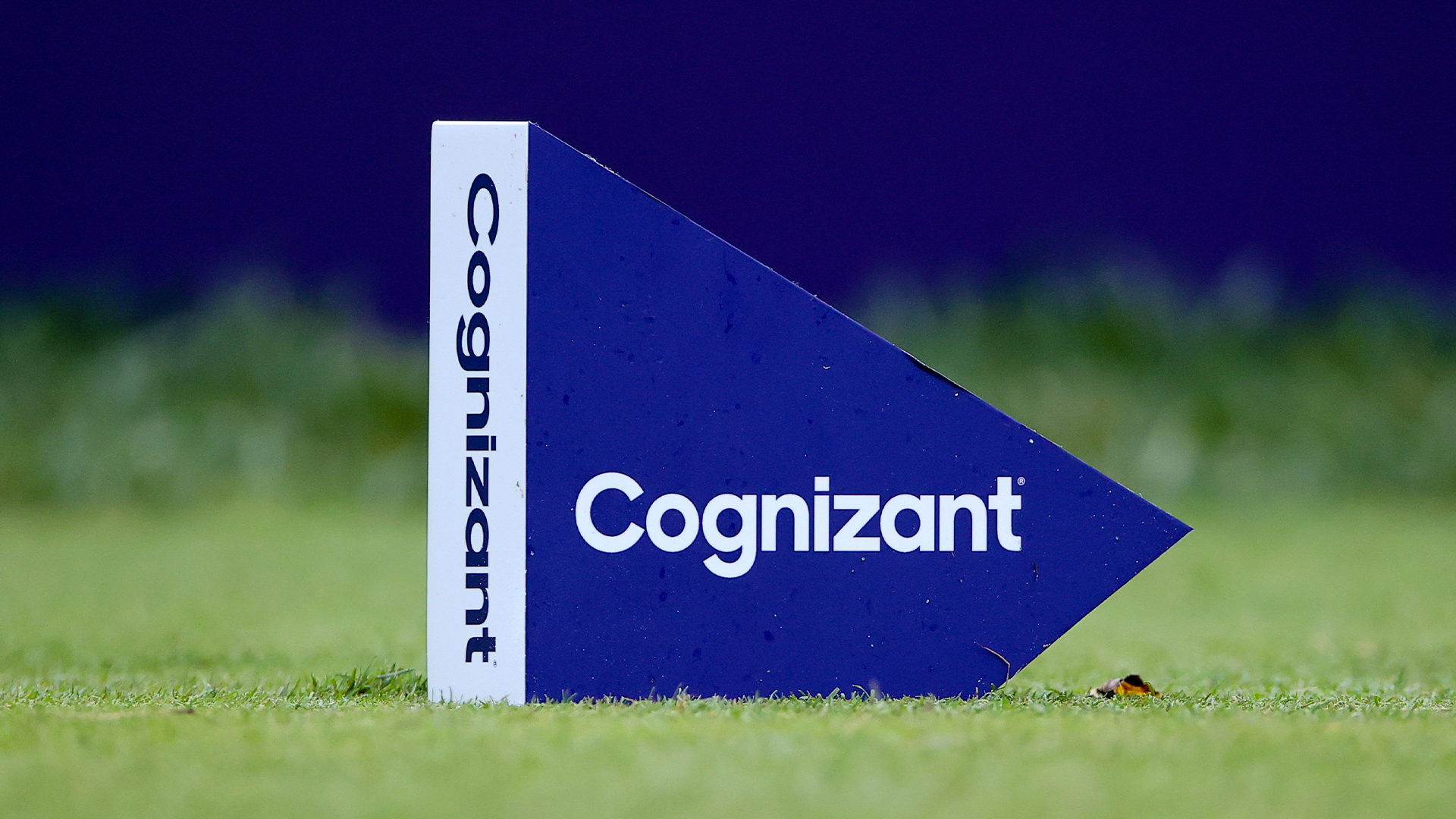 Cognizant and Nvidia team up to supercharge data modernization
Cognizant and Nvidia team up to supercharge data modernizationNews The collaboration merges Nvidia AI with Cognizant’s data analytics accelerators to deliver “unprecedented speed and efficiency”
By Daniel Todd
-
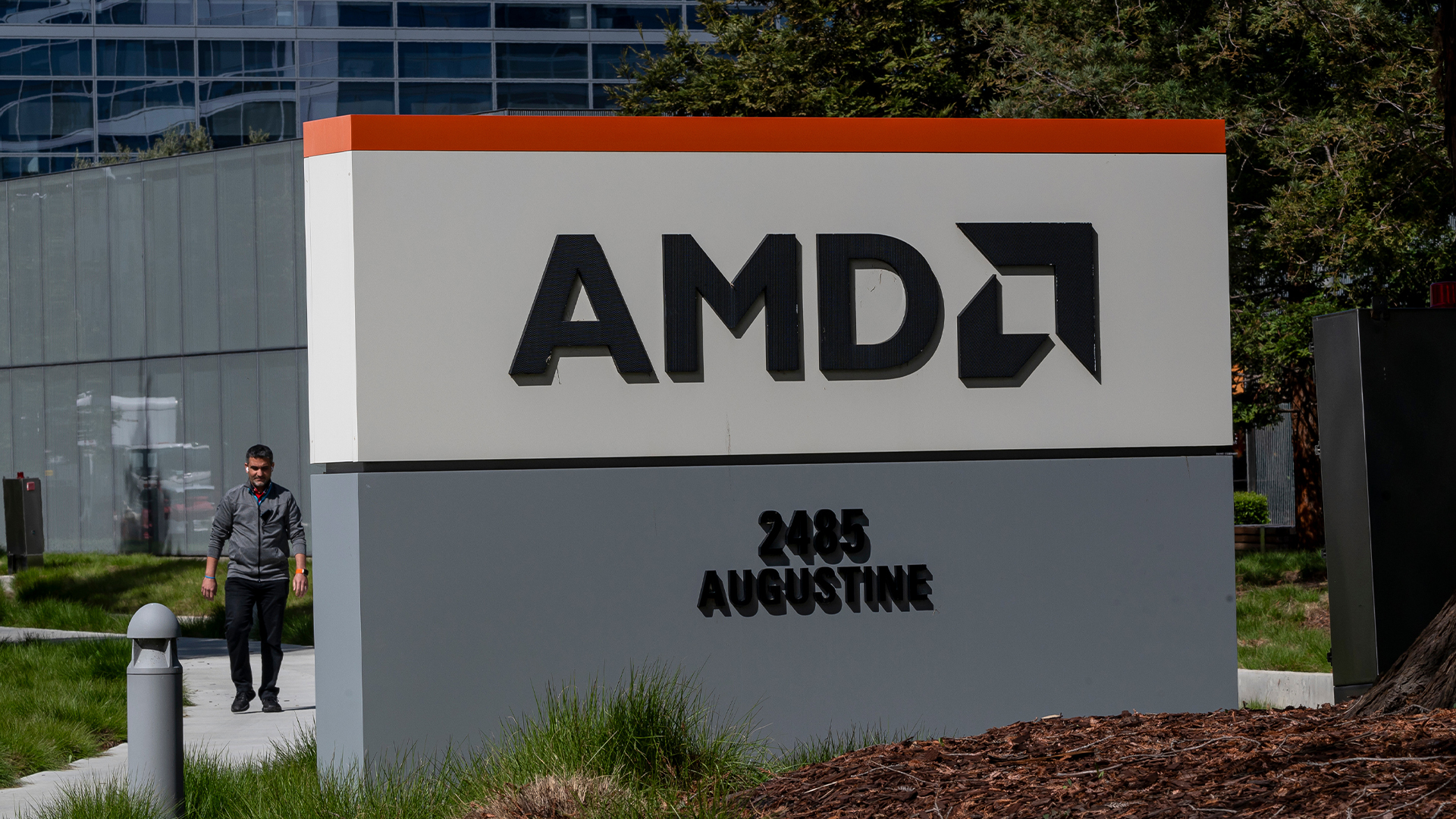 AMD’s ZT Systems acquisition primes it for a battle with Nvidia
AMD’s ZT Systems acquisition primes it for a battle with NvidiaNews AMD plans to expand its AI infrastructure capabilities with the $4.9 billion deal
By Emma Woollacott
-
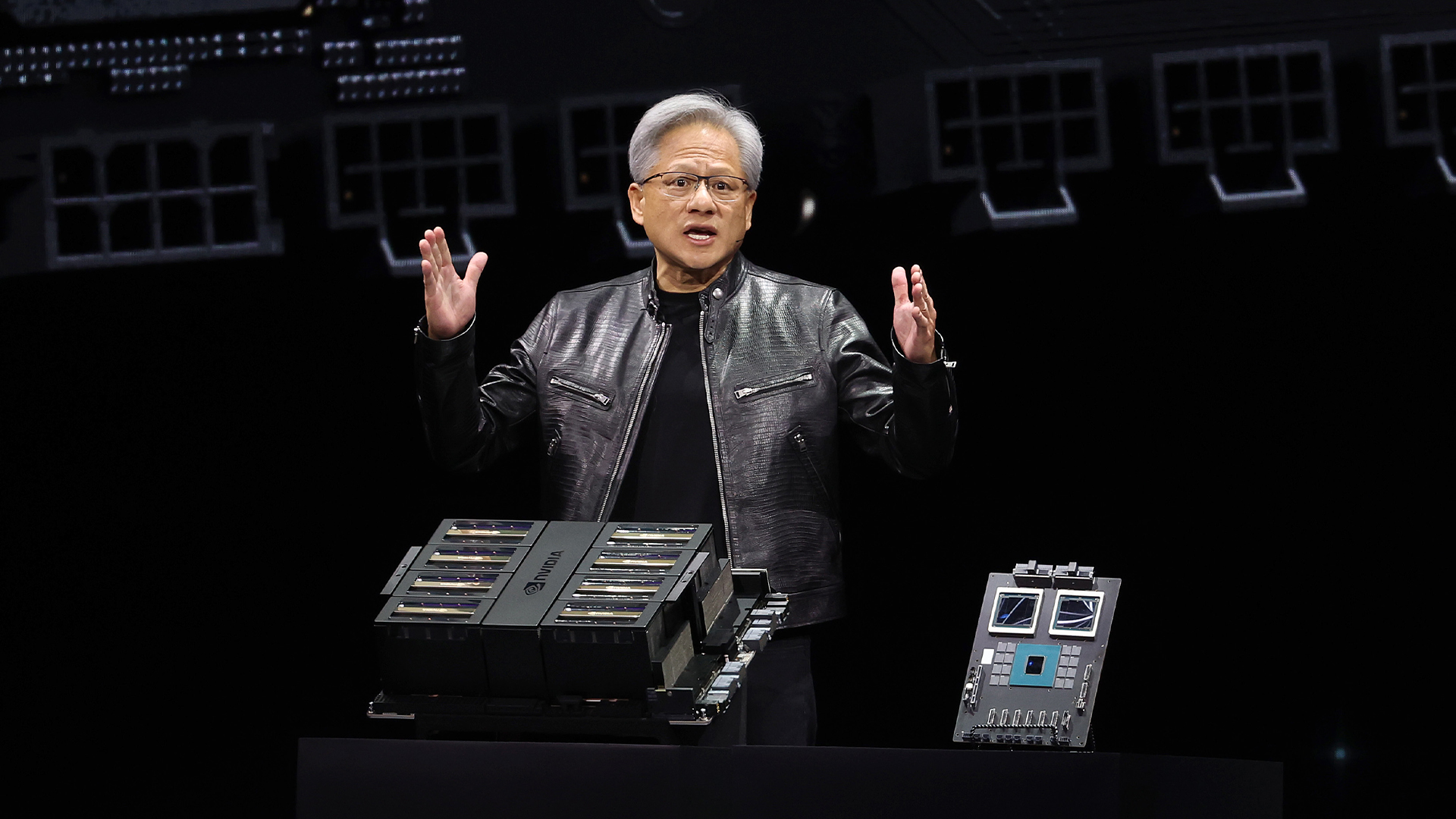 Nvidia thinks it’s time to start measuring data center efficiency by other metrics — is this the end of PUE?
Nvidia thinks it’s time to start measuring data center efficiency by other metrics — is this the end of PUE?News Nvidia says data center efficiency has moved on so much that new measures are needed to track performance
By Steve Ranger
-
 Lenovo and VMware expand partnership to offer turnkey Nvidia-powered AI solutions
Lenovo and VMware expand partnership to offer turnkey Nvidia-powered AI solutionsNews The collaboration aims to help customers leverage purpose-built Nvidia AI solutions for more predictable outcomes
By Daniel Todd
-
 Nvidia takes aim at Intel with first data centre CPU
Nvidia takes aim at Intel with first data centre CPUNews The company claims the Arm-based processor will deliver 10x the performance of today's fastest server chips
By Zach Marzouk
